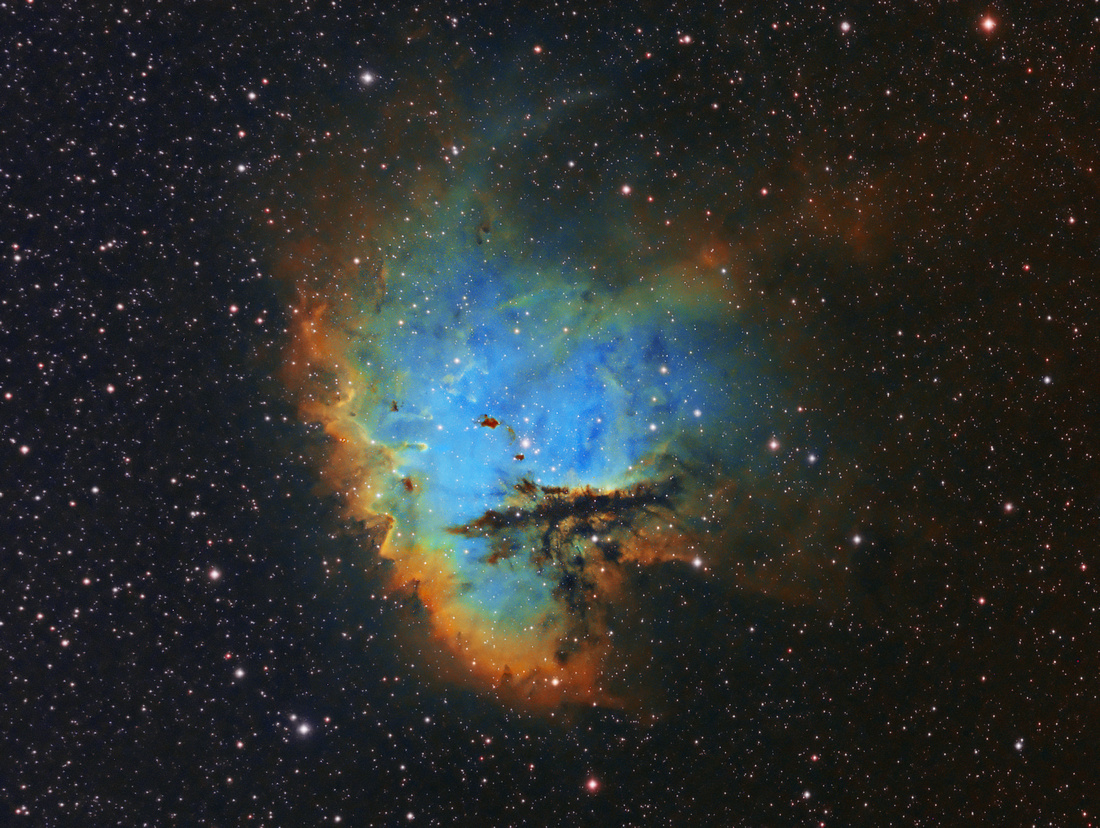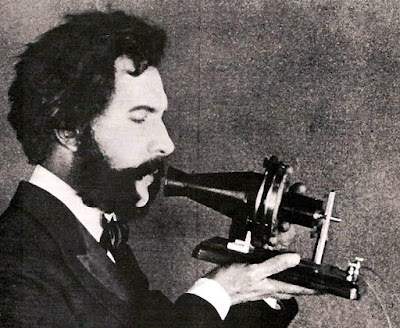10.The Omega Nebula
Also known as the Horse Shoe Nebula, standing around 15 light-years in diameter found between 5,000 and 6,000 light years from earth. The super heated stars within the Nebula release radiation and ultra violet light which energises the gases within the cloud causing them to glow. The Omega Nebula is said to be one of the brightest and largest star forming regions of our Galaxy.
9.The Tarantula Nebula.
The Tarantula Nebula. Floats around at a colossal 3,800 trillion miles in diameter. It is known to be the most active star forming region within the local group of Galaxies. At the nebulas core lies a cluster of stars 35 light years in diameter which delivers most of the energy which makes the nebula visible.
8.The Emission Nebula.
Also known as the Cone Nebula. The shape of the nebula is formed due the brightest star near the top of the image producing radiation and ultra violet light thus ionizing the Hydrogen Gas creating this red mist. It is approximately 7 light years long and around 2,700 light years away from Earth. The image was captured by the Hubble Space Telescope in 1997.
7.The Horse Head Nebula.
The Horse Head Nebula is around 1,500 light years away from Earth. The nebula is situated on Orion's Belt. The cloud contains organic and inorganic gases made up of complex molecules as well as Hydrogen. The Hydrogen gas is ionized by a bright star that sits nearby called Sigma Orionis which produces a pinkish glow.
6.The Sombrero Galaxy.
The Sombrero Galaxy located 28 million light years from earth but visible with amateur telescopes. With circular dust lanes and a bright nucleus powered by a super massive black hole it is said to be the brightest Galaxy within the Milky Way.
5.The Crab Nebula
The Crab Nebula is simply the aftermath of a huge supernova. At the centre of the nebula lies a neutron star about 30 km in diameter which emits radiation and gamma rays energising the gases within the cloud. The nebula has a diameter of around 11 light years and is roughly 6,500 light years from Earth.
4.Merging Galaxies
The picture above shows two Galaxies being pulled together, causing them to colliding with each other. This is called a Galaxy Merger and is known to be the most violent type of interaction that a Galaxy can endure. The friction of dust and gas between the Galaxies determines its final structure.
3. Ultra deep field view of Space through the Hubble Space Telescope.
You are looking back roughly around 13 billion years in time, between 400 and 800 million years after the Big Bang. The Hubble Telescope was left to focus on a specific patch of space from the 24th of September 2003 to the 16th of January 2004. It collected data in between this time bringing back this image which is said to contain over 10,000 Galaxies.
2.Planet Earth
Planet earth. The planet alone sits like a grain of sand, buried within our vast Universe. This Still doesn't compare to how small Planet Earth really is sitting within the dark abyss of Space.
1.The Sun.
The Sun. Sits roughly 93 million miles away from Earth. Boiling away like a huge ball of plasma. Yet this Star has enhanced life on our planet from the minute it was born. If the Sun was a touch out of place life on planet Earth would not exist.




























